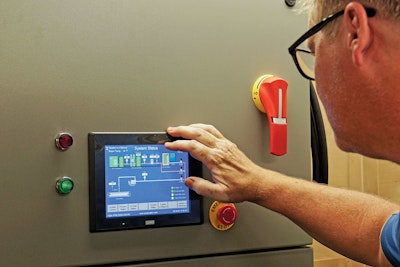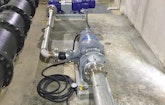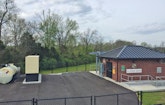
The FORSe 5 oxygen and ozone injection system is used to prevent hydrogen sulfide odors at lift stations in Mount Juliet.
Brandon Ambrose and his maintenance team have enough to do maintaining 230 miles of gravity sewers, 19 miles of force main and 31 pump stations. The last thing they need to deal with is odor complaints.
And yet, over the years, the team in Mount Juliet, Tennessee, fought a long...








